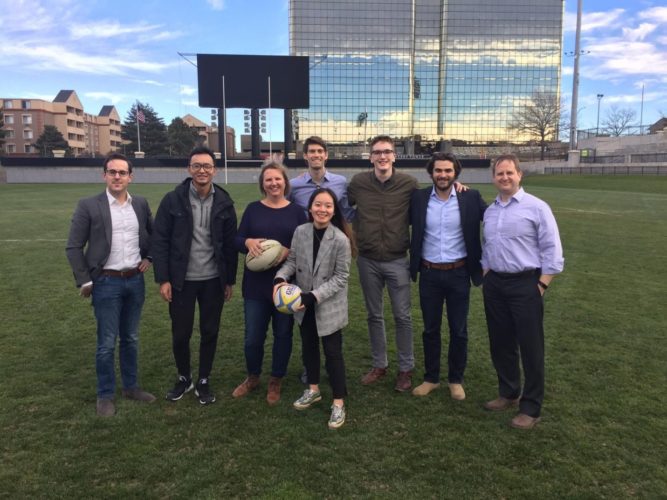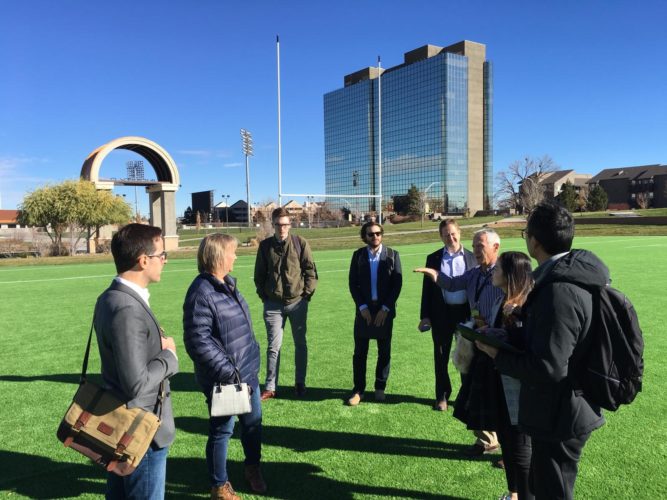Data scientists from WashU Olin have developed a process for flagging suspicious transactions across 100 pharmaceuticals—a process with a stunningly high level of precision and one that can immediately take aim at curbing the country’s decades-long opioid epidemic.
Working with a US Drug Enforcement Administration database that tracked six years’ worth of pharmaceutical transactions, the five researchers developed an “anomaly detection” system that could flag future suspicious shipments with 100% precision.
In other words, as the researchers noted, when their process says a transaction is suspicious, it is. Basically, their anomaly detection system doesn’t flag a transaction unless it’s sure—which does mean some bad buys could sneak under the radar if they don’t meet the system’s criteria.
“The signals of anomaly detection are very strong for these egregiously suspicious buyers,” the study’s authors wrote. “This renders our algorithm very valuable for practical use.”
Built to guide the fight
The system was conceived as a tool to help deploy limited resources as authorities tackle illicit trafficking in narcotics.
“Having 100% precision is a very important feature of our (process),” the research team wrote in its paper, under review with the Journal of Marketing. “We are willing to sacrifice some recall (and increase false negative errors) in order to enable the practical adoption of our proposed algorithm.”
The research team—all associated with Olin’s Center for Analytics and Business Insights—includes Annie L. Shi, a doctoral student in marketing; Seethu Seetharaman, co-director of CABI and Olin’s W. Patrick McGinnis Professor of Marketing; Anthony Sardella, CABI senior research advisor; Michael Wall, co-director of CABI and a professor of practice in marketing; and Chenthuran Abeyakaran, BS ’21/SI ’23.
Their work comes under the auspices of the Olin Brookings Commission, a project operated by WashU Olin and the Brookings Institution to address critical policy issues affecting communities. The project is funded through a grant from The Bellwether Foundation.
Organizers of the first commission under the Bellwether grant focused on the opioid epidemic that’s killed half a million individuals in the US in the past two decades, according to the Centers for Disease Control. In July, the federal government reached a $26 billion settlement with the country’s three major drug distributors and pharmaceutical giant Johnson & Johnson for their roles in the epidemic.
“Addressing this issue and enabling distributors to have a predictive system that can be used to flag and halt suspicious orders of opioid drugs, is the central focus of this study,” the research team wrote in its paper, “Nip it in the Bud! Managing the Opioid Crisis: Supply Chain Response to Anomalous Buyer Behavior.”
Training the anomaly detector
The team “trained” its anomaly detection system by using a recently released DEA database called Automated Reports and Consolidated Ordering System—or ARCOS.
That database tracked millions of prescription drug transactions—their manufacture and distribution—spanning 2006 to 2012. By zeroing in on opioid transactions, with the guidance of a smaller database of known illicit transactions, the research team identified patterns of behavior across 40 different criteria. The scholars also developed a standard they called “morphine milligram equivalents”—or “MME”—to create reliable comparisons among various opioid transactions.
Ultimately, they found that seven criteria were enough to create an extraordinarily precise tool to flag suspicious transactions. For example, when looking at “average MME purchased per transaction,” suspicious buyers purchased almost 10 times as much as legitimate buyers. When they looked at “median MME purchased per transaction,” suspicious buyers purchased almost 20 times as much.
In the context of the research team’s detection and alert system, members of the Olin Brookings Commission will likely investigate proposals that affect public policy affecting the trafficking of illicit narcotics. Some of those policy areas could include:
- data sharing and cross-agency communication;
- revised and modernized data reporting;
- funding sources and spending needs for system maintenance;
- response guidance when transactions are flagged.
Pictured at top: top row, Seethu Seetharaman, Michael Wall, Anthony Sardella; bottom row, Annie L. Shi, Chenthuran Abeyakaran.





